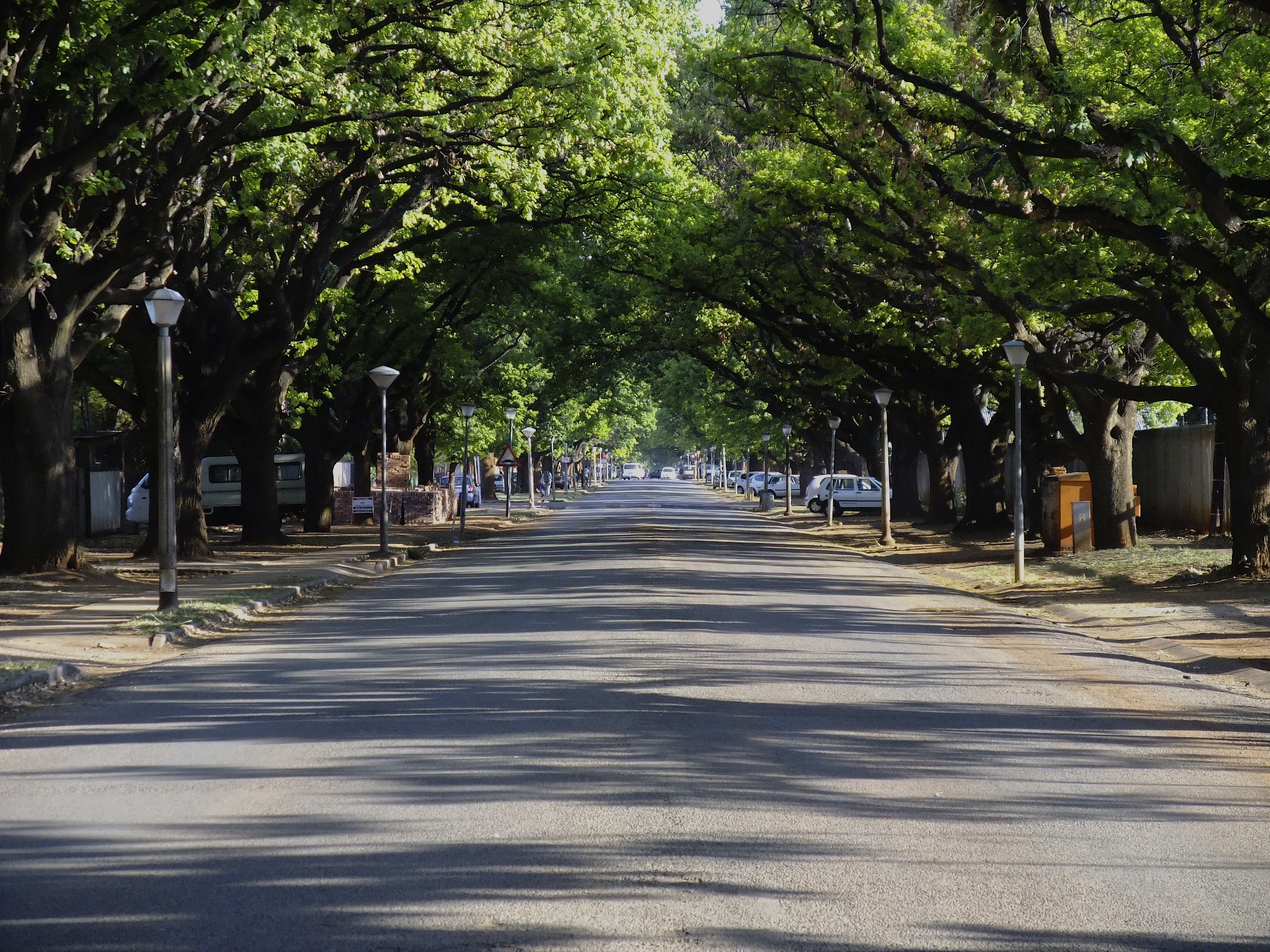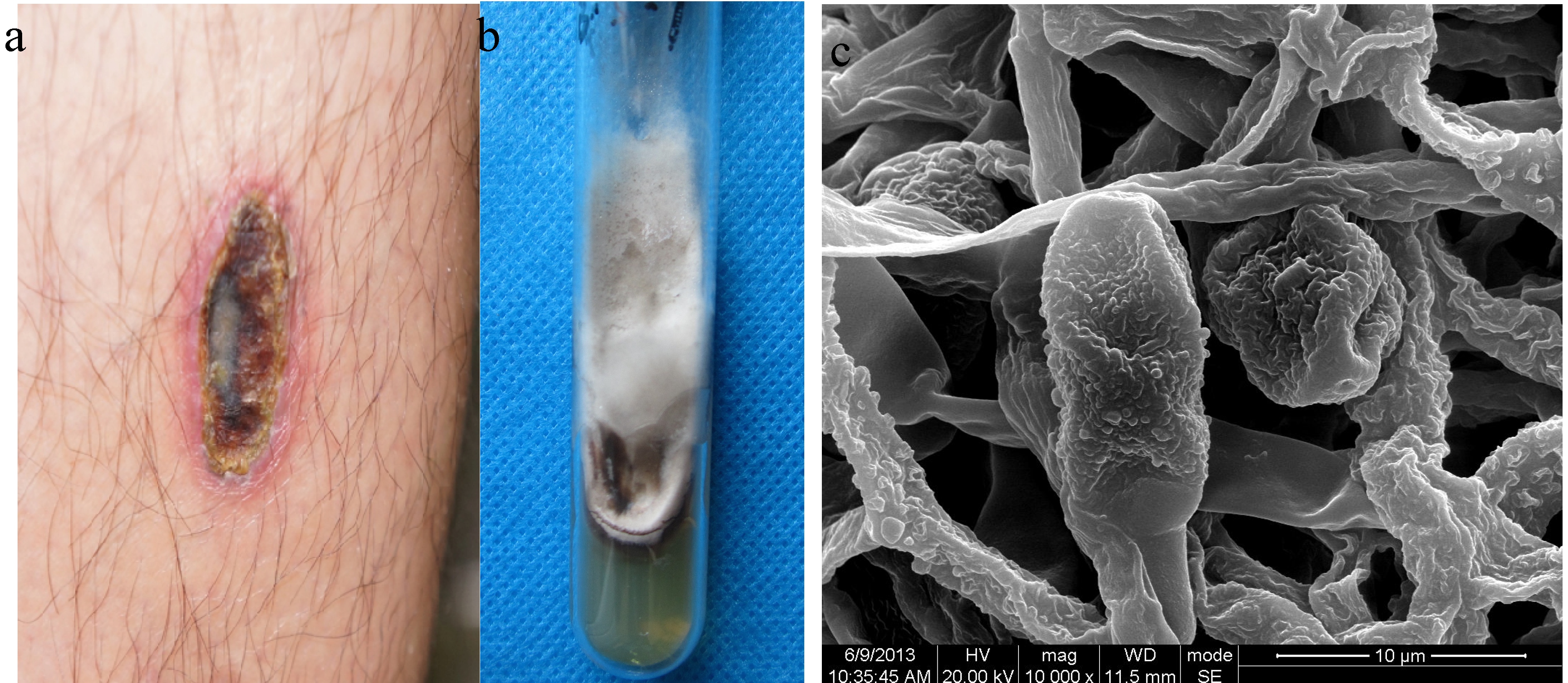|
Morogo Wa Dinawa
Morogo or moroho, also known as African spinach, refers to a group of at least three different dark green leafy vegetables found throughout Southern Africa harvested for human consumption. It is considered a traditional South African dish and forms an important part of the staple diet in rural communities. Health benefits and safety Morogo leaves have a protein content of up to 36%. The ultimate vitamin content is dependent on the age of the plant and method of preparation; the plants contain vitamin A and vitamin C and complement the low levels of calcium, magnesium and iron in maize. In South Africa one of the varieties is known as "pigweed" in English, "hanekam" in Afrikaans and scientifically, ''Amaranthus sp.'' An examination of three widely consumed variants have found that its consumption may lower the risk of vascular-related chronic diseases and type 2 diabetes. However, in some circumstances Morogo may increase the risk of fungal infection, specifically fusariosis, esp ... [...More Info...] [...Related Items...] OR: [Wikipedia] [Google] [Baidu] |
South Africa
South Africa, officially the Republic of South Africa (RSA), is the southernmost country in Africa. It is bounded to the south by of coastline that stretch along the South Atlantic and Indian Oceans; to the north by the neighbouring countries of Namibia, Botswana, and Zimbabwe; and to the east and northeast by Mozambique and Eswatini. It also completely enclaves the country Lesotho. It is the southernmost country on the mainland of the Old World, and the second-most populous country located entirely south of the equator, after Tanzania. South Africa is a biodiversity hotspot, with unique biomes, plant and animal life. With over 60 million people, the country is the world's 24th-most populous nation and covers an area of . South Africa has three capital cities, with the executive, judicial and legislative branches of government based in Pretoria, Bloemfontein, and Cape Town respectively. The largest city is Johannesburg. About 80% of the population are Black South Afri ... [...More Info...] [...Related Items...] OR: [Wikipedia] [Google] [Baidu] |
Cambridge
Cambridge ( ) is a university city and the county town in Cambridgeshire, England. It is located on the River Cam approximately north of London. As of the 2021 United Kingdom census, the population of Cambridge was 145,700. Cambridge became an important trading centre during the Roman and Viking ages, and there is archaeological evidence of settlement in the area as early as the Bronze Age. The first town charters were granted in the 12th century, although modern city status was not officially conferred until 1951. The city is most famous as the home of the University of Cambridge, which was founded in 1209 and consistently ranks among the best universities in the world. The buildings of the university include King's College Chapel, Cavendish Laboratory, and the Cambridge University Library, one of the largest legal deposit libraries in the world. The city's skyline is dominated by several college buildings, along with the spire of the Our Lady and the English Martyrs ... [...More Info...] [...Related Items...] OR: [Wikipedia] [Google] [Baidu] |
Potch2
Potchefstroom (, colloquially known as Potch) is an academic city in the North West Province of South Africa. It hosts the Potchefstroom Campus of the North-West University. Potchefstroom is on the Mooi Rivier (Afrikaans for "pretty river"), roughly west-southwest of Johannesburg and east-northeast of Klerksdorp. Etymology Several theories exist about the origin of the city's name. According to one theory, it originates from ''Potgieter'' + ''Chef'' + ''stroom'' (referring to Voortrekker leader and town founder Andries Potgieter; "chef" indicates the leader of the Voortrekkers, and "stroom" refers to the Mooi River). Geoffrey Jenkins writes, "Others however, attribute the name as having come from the word 'Potscherf', meaning a shard of a broken pot, due to the cracks that appear in the soil of the Mooi River Valley during drought resembling a broken pot". M. L. Fick suggests that Potchefstroom developed from the abbreviation of "Potgieterstroom" to "Potgerstroom", whic ... [...More Info...] [...Related Items...] OR: [Wikipedia] [Google] [Baidu] |
Fusarium
''Fusarium'' is a large genus of filamentous fungi, part of a group often referred to as hyphomycetes, widely distributed in soil and associated with plants. Most species are harmless saprobes, and are relatively abundant members of the soil microbial community. Some species produce mycotoxins in cereal crops that can affect human and animal health if they enter the food chain. The main toxins produced by these ''Fusarium'' species are fumonisins and trichothecenes. Despite most species apparently being harmless (some existing on the skin as commensal members of the skin flora), some ''Fusarium'' species and subspecific groups are among the most important fungal pathogens of plants and animals. The name of ''Fusarium'' comes from Latin ''fusus'', meaning a spindle. Taxonomy The taxonomy of the genus is complex. A number of different schemes have been used, and up to 1,000 species have been identified at times, with approaches varying between wide and narrow concepts of speci ... [...More Info...] [...Related Items...] OR: [Wikipedia] [Google] [Baidu] |
Alternaria
''Alternaria'' is a genus of Deuteromycetes fungi. All species are known as major plant pathogens. They are also common allergens in humans, growing indoors and causing hay fever or hypersensitivity reactions that sometimes lead to asthma. They are present in the human mycobiome and readily cause opportunistic infections in immunocompromised people such as AIDS patients. There are 299 species in the genus; they are ubiquitous in the environment and are a natural part of fungal flora almost everywhere. They are normal agents of decay and decomposition. The spores are airborne and found in the soil and water, as well as indoors and on objects. The club-shaped spores are single or form long chains. They can grow thick colonies which are usually green, black, or gray. At least 20% of agricultural spoilage is caused by ''Alternaria'' species, with the most severe losses reaching 80% of yield. Many human health disorders can be caused by these fungi, which grow on skin and mucous me ... [...More Info...] [...Related Items...] OR: [Wikipedia] [Google] [Baidu] |
AIDS
Human immunodeficiency virus infection and acquired immunodeficiency syndrome (HIV/AIDS) is a spectrum of conditions caused by infection with the human immunodeficiency virus (HIV), a retrovirus. Following initial infection an individual may not notice any symptoms, or may experience a brief period of influenza-like illness. Typically, this is followed by a prolonged incubation period with no symptoms. If the infection progresses, it interferes more with the immune system, increasing the risk of developing common infections such as tuberculosis, as well as other opportunistic infections, and tumors which are rare in people who have normal immune function. These late symptoms of infection are referred to as acquired immunodeficiency syndrome (AIDS). This stage is often also associated with unintended weight loss. HIV is spread primarily by unprotected sex (including anal and vaginal sex), contaminated blood transfusions, hypodermic needles, and from mother to child duri ... [...More Info...] [...Related Items...] OR: [Wikipedia] [Google] [Baidu] |
Fusariosis
Fusariosis is an infection seen in people with low neutrophils, a type of white blood cell that fights infection. It is a significant opportunistic pathogen in people with blood cancer. It is associated with infections with ''Fusarium ''Fusarium'' is a large genus of filamentous fungi, part of a group often referred to as hyphomycetes, widely distributed in soil and associated with plants. Most species are harmless saprobes, and are relatively abundant members of the soil mi ...'' species, such as '' Fusarium proliferatum''. It is fatal in more than half of cases. References External links {{Medical resources , ICD10 = B48.7 , ICD9 = , ICDO = , OMIM = , DiseasesDB = , MedlinePlus = , eMedicineSubj = , eMedicineTopic = , MeSH = , GeneReviewsNBK = , GeneReviewsName = , Orphanet = 228119 Mycosis-related cutaneous conditions ... [...More Info...] [...Related Items...] OR: [Wikipedia] [Google] [Baidu] |
Mycosis
Fungal infection, also known as mycosis, is disease caused by fungi. Different types are traditionally divided according to the part of the body affected; superficial, subcutaneous, and systemic. Superficial fungal infections include common tinea of the skin, such as tinea of the body, groin, hands, feet and beard, and yeast infections such as pityriasis versicolor. Subcutaneous types include eumycetoma and chromoblastomycosis, which generally affect tissues in and beneath the skin. Systemic fungal infections are more serious and include cryptococcosis, histoplasmosis, pneumocystis pneumonia, aspergillosis and mucormycosis. Signs and symptoms range widely. There is usually a rash with superficial infection. Fungal infection within the skin or under the skin may present with a lump and skin changes. Pneumonia-like symptoms or meningitis may occur with a deeper or systemic infection. Fungi are everywhere, but only some cause disease. Fungal infection occurs after spores are ei ... [...More Info...] [...Related Items...] OR: [Wikipedia] [Google] [Baidu] |
Diabetes Mellitus Type 2
Type 2 diabetes, formerly known as adult-onset diabetes, is a form of diabetes mellitus that is characterized by high blood sugar, insulin resistance, and relative lack of insulin. Common symptoms include increased thirst, frequent urination, and unexplained weight loss. Symptoms may also include increased hunger, feeling tired, and sores that do not heal. Often symptoms come on slowly. Long-term complications from high blood sugar include heart disease, strokes, diabetic retinopathy which can result in blindness, kidney failure, and poor blood flow in the limbs which may lead to amputations. The sudden onset of hyperosmolar hyperglycemic state may occur; however, ketoacidosis is uncommon. Type 2 diabetes primarily occurs as a result of obesity and lack of exercise. Some people are genetically more at risk than others. Type 2 diabetes makes up about 90% of cases of diabetes, with the other 10% due primarily to type 1 diabetes and gestational diabetes. In type 1 diabet ... [...More Info...] [...Related Items...] OR: [Wikipedia] [Google] [Baidu] |
Spinach
Spinach (''Spinacia oleracea'') is a leafy green flowering plant native to central and western Asia. It is of the order Caryophyllales, family Amaranthaceae, subfamily Chenopodioideae. Its leaves are a common edible vegetable consumed either fresh, or after storage using preservation techniques by canning, freezing, or dehydration. It may be eaten cooked or raw, and the taste differs considerably; the high oxalate content may be reduced by steaming. It is an annual plant (rarely biennial), growing as tall as . Spinach may overwinter in temperate regions. The leaves are alternate, simple, ovate to triangular, and very variable in size: long and broad, with larger leaves at the base of the plant and small leaves higher on the flowering stem. The flowers are inconspicuous, yellow-green, in diameter, and mature into a small, hard, dry, lumpy fruit cluster across containing several seeds. In 2018, world production of spinach was 26.3 million tonnes, with China alone accounti ... [...More Info...] [...Related Items...] OR: [Wikipedia] [Google] [Baidu] |
Vascular Disease
Vascular disease is a class of diseases of the blood vessels – the arteries and veins of the circulatory system of the body. Vascular disease is a subgroup of cardiovascular disease. Disorders in this vast network of blood vessels can cause a range of health problems that can sometimes become severe. Types There are several types of vascular disease, and signs and symptoms can vary depending on the disease type. These types include: * Erythromelalgia - a rare peripheral vascular disease with syndromes that include burning pain, increased temperature, erythema and swelling that generally affect the hands and feet. * Peripheral artery disease – occurs when atheromatous plaques build up in the arteries that supply blood to the arms and legs, causing the arteries to narrow or become blocked. * Renal artery stenosis - the narrowing of renal arteries that carry blood to the kidneys from the aorta. * Buerger's disease – inflammation and swelling in small blood vessels, causing the ... [...More Info...] [...Related Items...] OR: [Wikipedia] [Google] [Baidu] |




